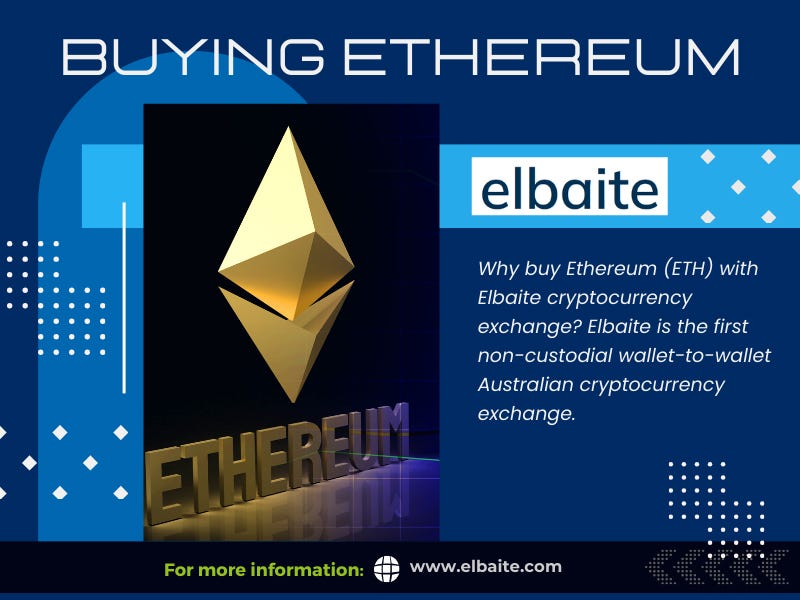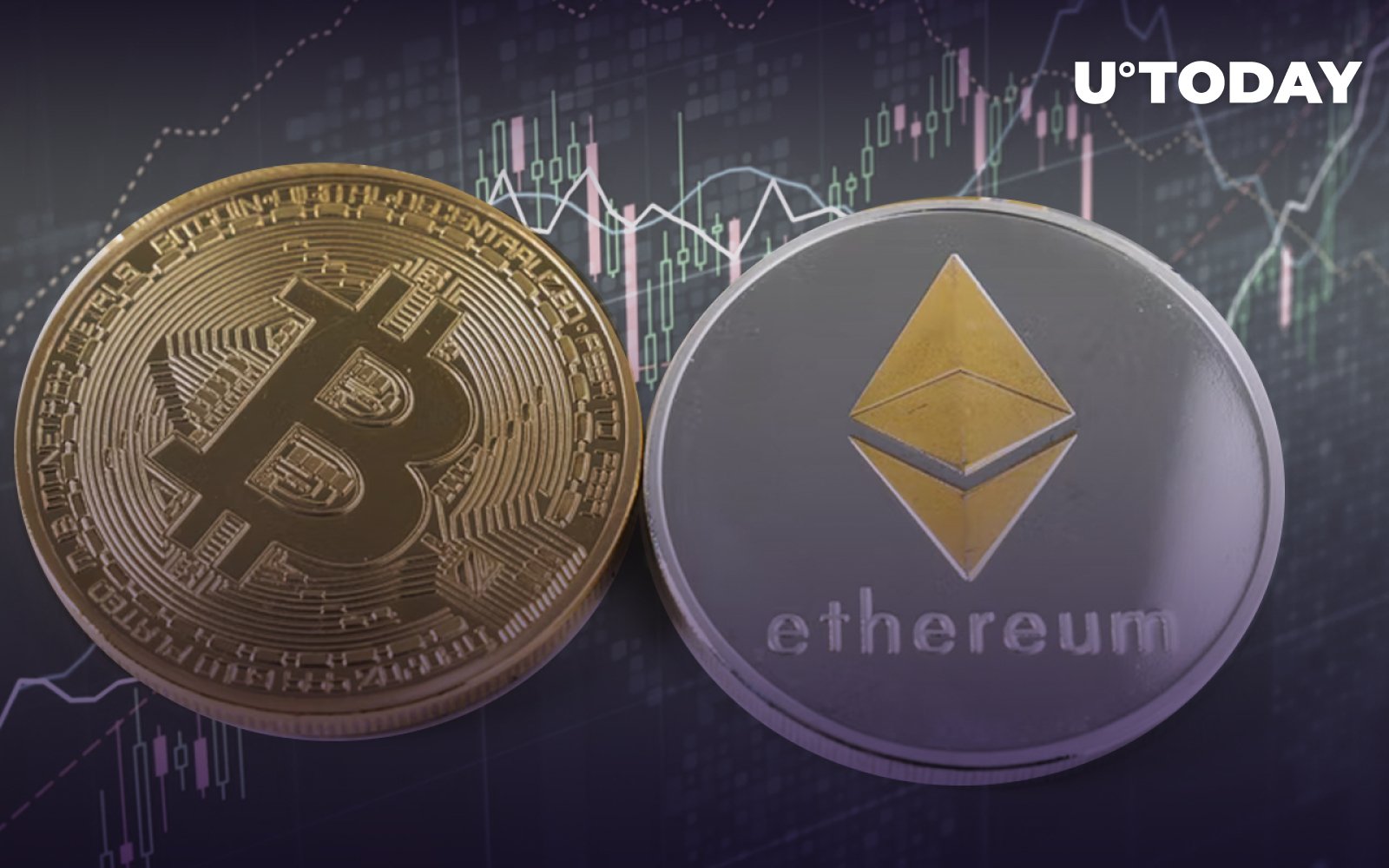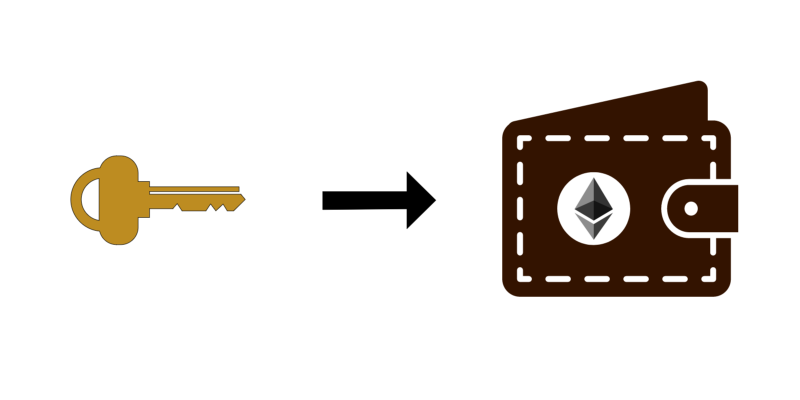crypto coins games A New Frontier in Gaming
Crypto coins games have emerged as a captivating fusion of gaming and blockchain technology, ushering in a new era of interactive entertainment. As players engage in these immersive environments, they not only enjoy gameplay but also participate in a vibrant economy driven by cryptocurrencies. With the rise of play-to-earn models and NFT-based interactions, it’s clear that crypto gaming is not just a passing trend but a revolutionary shift in how we perceive gaming.
In recent years, the popularity of crypto coins games has skyrocketed, attracting millions of players worldwide. According to various industry reports, the crypto gaming market has expanded exponentially, with significant investment pouring in and numerous platforms emerging to support this dynamic ecosystem. This growth is not merely anecdotal; data highlights the staggering revenue potential and engagement rates that these games are generating.
Introduction to Crypto Coins Games
Crypto coins games represent a revolutionary shift in the gaming industry, where players can utilize blockchain technology to earn and trade digital currencies through gameplay. This innovative approach allows players not just to play for entertainment but also to participate in an economy, creating real-world monetary value. Over the past few years, the popularity of crypto coins games has surged, with more gamers and developers recognizing the unique opportunities these games provide.
According to a recent report, the market for blockchain gaming reached over $4 billion in 2022, illustrating significant growth and interest.
Popularity and Growth of Crypto Coins Games
The rise of crypto coins games is a phenomenon driven by various factors, including the increasing acceptance of cryptocurrency and the growing allure of play-to-earn models. Gamers are drawn to the prospect of earning real money while enjoying their favorite pastime. A recent survey indicated that over 60% of gamers expressed interest in games that offer cryptocurrency rewards. The gaming community is expanding rapidly, with platforms like Axie Infinity and Decentraland leading the charge, attracting millions of active users.
Types of Crypto Coins Games
Crypto coins games can be categorized into several distinct types, each offering unique gameplay experiences and economic opportunities.
Categories of Crypto Coins Games

Understanding the different categories can help players choose games that align with their interests and investment potential. The primary types include:
- Play-to-Earn Games: These allow players to earn cryptocurrency through gameplay, often rewarding skill and commitment.
- NFT-Based Games: In these games, players can buy, sell, and trade non-fungible tokens (NFTs) representing in-game assets.
- Decentralized Games: These games operate on decentralized platforms, providing players with greater control over their assets and gameplay experiences.
Popular examples include Axie Infinity, which combines play-to-earn mechanics with NFTs, and The Sandbox, a decentralized platform for creating and trading virtual worlds and assets.
The Technology Behind Crypto Coins Games
At the core of crypto coins games is blockchain technology, which ensures secure, transparent transactions and ownership of in-game assets.
Underlying Technology
Blockchain serves as a decentralized ledger that tracks all transactions, enabling trust among players without the need for central authorities. Smart contracts further enhance this by automatically executing transactions when certain conditions are met, streamlining in-game economies.
Role of Cryptocurrencies in Gaming Transactions
Cryptocurrencies facilitate transactions within crypto coins games, allowing for quick and secure exchanges of value. Players can buy in-game items, trade assets, or withdraw earnings seamlessly.
Blockchain Platforms Used in Crypto Gaming
Various blockchain platforms support crypto coins games, each with its own features and advantages. The following table summarizes some of the most notable:
| Blockchain Platform | Characteristics |
|---|---|
| Ethereum | Widely used for smart contracts and NFTs, offering a large user base. |
| Binance Smart Chain | Lower transaction fees and faster processing times compared to Ethereum. |
| Polygon | Scalability solution for Ethereum, enabling faster and cheaper transactions. |
| Flow | Built for games and digital collectibles, emphasizing user-friendly experiences. |
Economic Models in Crypto Coins Games
The economic models driving crypto coins games are complex and varied, often designed to incentivize player participation and investment.
Tokenomics and In-Game Economies
Tokenomics refers to the economic system surrounding a game’s cryptocurrency. Players can earn tokens through gameplay, which can then be spent on in-game items or traded on exchanges. In-game economies often mimic real-world markets, with supply and demand influencing pricing and availability.
Examples of Successful Economic Models
Several crypto coins games have successfully implemented compelling economic models. For instance, Axie Infinity boasts an intricate economy where players breed and battle creatures for rewards, creating a vibrant marketplace for breeding and trading. Another example is Decentraland, where users can buy, sell, and develop virtual land, fostering a real estate market in a digital world.
Challenges and Risks in Crypto Coins Games
While the potential for profit in crypto coins games is enticing, there are significant challenges and risks involved.
Challenges Faced by Developers and Players
Developers must navigate regulatory uncertainty, as laws surrounding cryptocurrencies can be ambiguous and vary by region. Players also face challenges such as market volatility, which can affect the value of in-game currencies.
Security Risks
Security is a major concern in the crypto gaming space. Players are susceptible to hacking, phishing, and other malicious activities that can lead to loss of assets.
Common Scams and Pitfalls

Players should be aware of common scams, including:
- Pyramid schemes disguised as games.
- Fake giveaways promising free tokens.
- Phishing attacks targeting private keys and wallet information.
Future Trends in Crypto Coins Games
The future of crypto coins games is poised for exciting developments, with several trends on the horizon.
Emerging Trends
As technology progresses, we can expect innovations in gameplay mechanics, enhanced graphics, and increased player engagement. The integration of augmented reality (AR) and virtual reality (VR) into gaming experiences is one trend gaining traction.
Predictions for Future Developments
Industry experts predict significant market growth, with estimates suggesting that the blockchain gaming market could exceed $50 billion by 2025. This growth will likely be driven by increased mainstream adoption and the proliferation of mobile gaming.
| Potential Developments | Description |
|---|---|
| Cross-Platform Play | Enhancing player connectivity across different gaming platforms. |
| Improved User Interfaces | Focusing on user-friendly designs to attract non-crypto gamers. |
| Interoperable Assets | Allowing players to use assets across multiple games and platforms. |
Community and Social Aspects of Crypto Coins Games
The community plays an essential role in the success and longevity of crypto coins games.
Importance of Community
Strong communities foster collaboration, sharing of strategies, and mutual support among players, enhancing overall experiences. Community-driven development often leads to better game features and updates based on player feedback.
Social Interactions
Social interactions can significantly enhance gameplay, with players forming friendships, joining guilds, and participating in cooperative tasks or competitions. These connections can lead to more engaging and enjoyable experiences.
Platforms for Player Connection
Various platforms and forums facilitate discussions among players of crypto coins games. Discord servers, Reddit communities, and specialized gaming forums allow players to connect, share tips, and stay informed about the latest trends and updates in the crypto gaming world.
Outcome Summary
As we look towards the future, the world of crypto coins games promises to evolve and expand even further. With advancements in technology, innovative economic models, and a thriving community, players are positioned to reap unprecedented rewards and experiences. By navigating the challenges and embracing the opportunities that lie ahead, both developers and gamers can contribute to shaping the next chapter in this exciting digital landscape.
Query Resolution
What are crypto coins games?
Crypto coins games are video games that use cryptocurrencies and blockchain technology to create unique in-game experiences and economies.
Can you earn real money playing crypto coins games?
Yes, many crypto coins games allow players to earn cryptocurrencies or NFTs, which can be exchanged for real money.
Are crypto coins games safe to play?
While many crypto games are legitimate, players should be cautious about scams and do their research before investing.
Do I need a cryptocurrency wallet to play?
Yes, most crypto coins games require players to have a cryptocurrency wallet to store their assets and facilitate transactions.
What types of devices can I use to play crypto coins games?
Crypto coins games can typically be played on various devices, including PCs, smartphones, and gaming consoles, depending on the game.






















.jpg)




